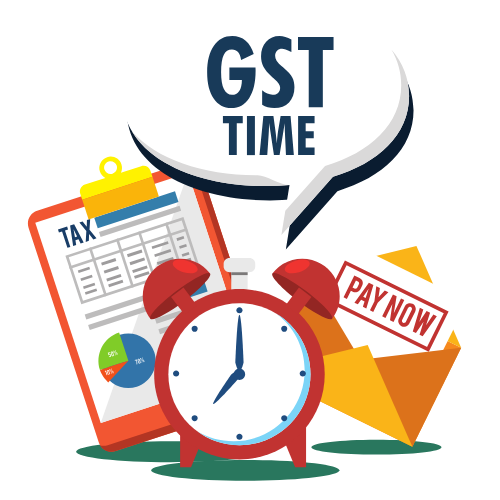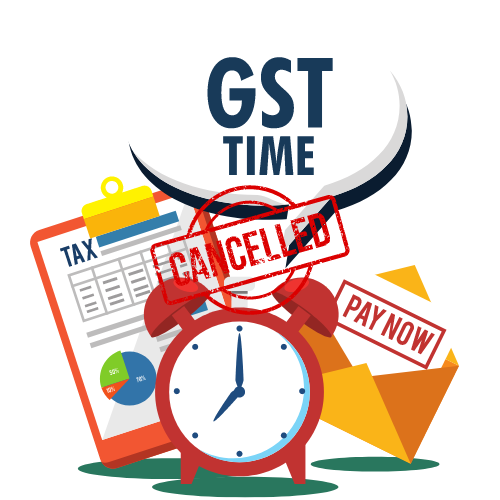The Challenges of Reinstating a Cancelled GST Registration
Reinstating a cancelled GST registration can be a complex process with several challenges to navigate. This article explores the common obstacles that businesses face when trying to reinstate their GST registration and offers solutions to overcome them.
The Challenges of Reinstating a Cancelled GST Registration
GST (Goods and Services Tax) is a consumption tax that is levied on the supply of goods and services in India. It is mandatory for businesses with an annual turnover exceeding a certain threshold to register for GST. However, there are instances where a business may need to cancel its GST registration due to various reasons such as closure of business operations or change in business structure. Reinstating a cancelled GST registration can be a challenging process and comes with its own set of obstacles.
Challenges Faced in Reinstating a Cancelled GST Registration
1. Compliance Issues
One of the major challenges in reinstating a cancelled GST registration is dealing with compliance issues. Businesses may have pending tax liabilities, unfiled returns, or other statutory non-compliance issues that need to be resolved before their GST registration can be reinstated. This can be a time-consuming and complex process, especially if the business has been non-compliant for an extended period.
2. Documentation Requirements
Reinstating a cancelled GST registration typically requires businesses to submit a variety of documents such as income tax returns, bank statements, balance sheets, and audit reports. Gathering and organizing these documents can be a tedious task, especially if the business has undergone significant changes since the cancellation of its GST registration.
3. Communication with Tax Authorities
Businesses seeking to reinstate their cancelled GST registration may need to communicate with tax authorities to provide additional information, clarify doubts, or resolve any discrepancies. This can be a challenging process, as it requires businesses to effectively communicate with government officials and navigate through complex legal and procedural requirements.
4. Financial Implications
Reinstating a cancelled GST registration can have financial implications for businesses. They may need to pay penalties for non-compliance, clear pending tax liabilities, or incur additional costs associated with the reinstatement process. Managing these financial implications can be a challenge, especially for small and medium-sized businesses with limited resources.
Steps to Reinstating a Cancelled GST Registration
Despite the challenges involved, businesses can take certain steps to reinstate their cancelled GST registration smoothly:
- Assess the reasons for cancellation and address any compliance issues.
- Prepare and organize all necessary documents required for reinstatement.
- Communicate with tax authorities promptly and provide any additional information or documentation requested.
- Clear any pending tax liabilities, pay applicable penalties, and ensure all compliance requirements are met.
- Monitor the progress of the reinstatement process and follow up with tax authorities as needed.
Overall, reinstating a cancelled GST registration can be a challenging process for businesses. It requires careful planning, attention to detail, and proactive communication with tax authorities. By addressing compliance issues, preparing necessary documents, and following the required steps, businesses can successfully reinstate their GST registration and resume their operations in a compliant manner.
Latest Updates
ca4filings.com Services




























-registration.png)



